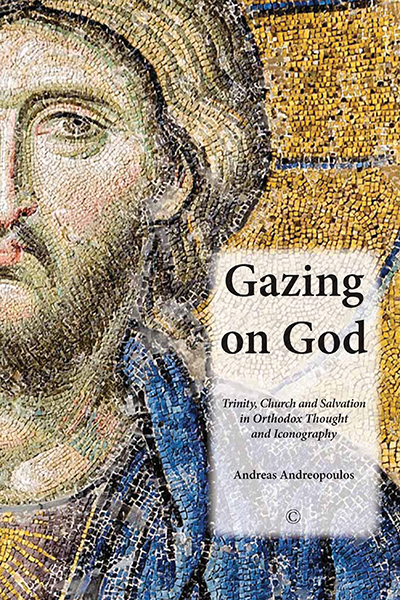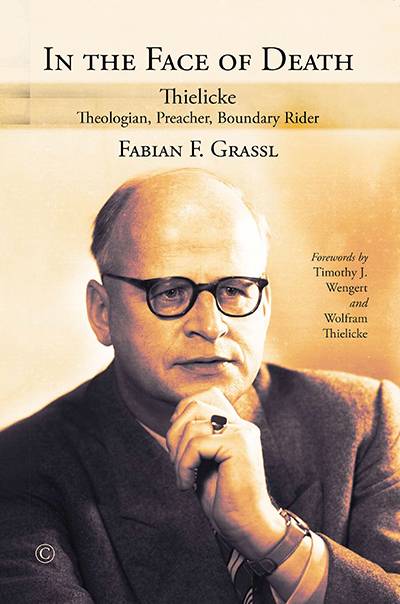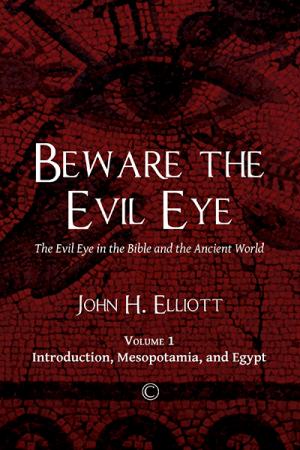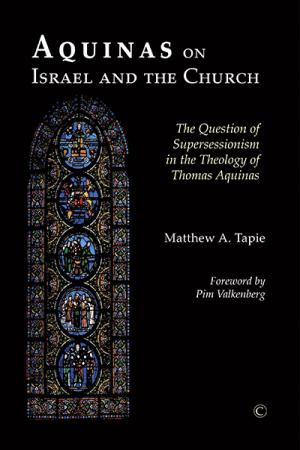Description
Gazing on God is an exposition of Orthodox theology viewed through the lens of the experience of the faithful. This new theological approach encourages a critical and constructive dialogue across denominational, historical and cultural divides.
We are led through an exhibition of icons, which are seen not only as objects of history and beauty, but also as tools to aid our understanding of theological thought. In this journey we discover that we need to change our expectations, and therefore admit that terms like ‘understand’ or ‘know’ are too limited when faced with the concept of the mystery of God. We may never be able to gaze on God completely, and grasp this mystery in its fullness. However, the theology of experience will help us on our journey and we may see that God is gazing on us instead.
Gazing on God breaks away from the typical boundaries of introductory theological and iconological works and is essential reading for scholars interested in Eastern Christian theology, but also for anyone interested in Christian spirituality.
About the Author
Revd Dr Andreas Andreopoulos is Reader in Orthodox Theology at the University of Winchester and an Orthodox priest. He has a PhD on Theology and Art from the University of Durham. He is also the author of This is my Beloved Son: The Transfiguration of Christ (2012), Art as Theology: From the Postmodern to the Medieval (2007), The Sign of the Cross: The Gesture, the Mystery, the History (2006) and Metamorphosis: The Transfiguration in Byzantine Theology and Iconography (2005).
Contents
List of Illustrations
Introduction: The Perspective
Part One: The Theology of Experience
1. Faith and Experience
2. Logos
3. Christ and the Trinity
4. Time, Space and Eternity in the Liturgy
Part Two: An Icon Exhibition
5. Icons: The Way to the Gaze of God
6. The Crucifixion
7. The Descent into Hades
8. The Protection of the Theotokos
9. The Life-Giving Fountain
10. The Burning Bush
11. The Bogolubskaya
12. The All-Seeing Eye of God
Part Three: Holding the Gaze
13. After the Icon Exhibition
14. Towards a Meta-Linguistic Theological Methodology
Referenced Works and Suggested Further Reading
Index
Endorsements and Reviews
In this new book, Fr Andreas continues to take us into the mysteries of theology by way of the icon. … Drawing on his native Greek traditions, both popular and philosophical, he opens up a world in which images, visual and poetic, speak to us of the Orthodox faith, entered through prayer.
Andrew Louth FBA, Professor Emeritus of Patristic and Byzantine Studies, Durham University
The author takes us through his exhibition of chosen icons and shows how they convey biblical and theological truth, and so incorporate us into the life of the church though meditative looking, The author uses illustrations from his native Greek culture, and this introduces an approach that maybe fresh and unfamiliar … He shows us not only that there are varied ways of appropriating the tradition of faith, but also that faith has to be expressed and communicated within a specific culture and that each age has to discover its own language, images and experiences, in order to express faith in a way that lives.
The Revd Dr John Binns, in Church Times, Sept 2014
This is a gem of a book, and although it doesn’t claim to give a full account of the theology of the icon, like the classic two-volume work of Leonid Ouspensky, a number of popular misconceptions are corrected. It is, as Andreopoulos writes, less about what we see as about who sees us.
Christopher Irvine, in Theology, Vol 118, Issue 1
This is an excellent and interesting book that I hope will be read by anyone who is interested in iconography, and more broadly, anyone who is interested in the interaction of liturgy, aesthetics and theology.
Stephen Stavrou, in Art and Christianity, Vol 81, Spring 2015
Andreopoulos brings art history to bear in a lively and relevant theological fashion … this is a stimulating work that would be a good partial introduction to Eastern Orthodoxy for undergraduates and non-academics.
Christopher Villiers, in Theological Book Review, Vol 26, No 1





